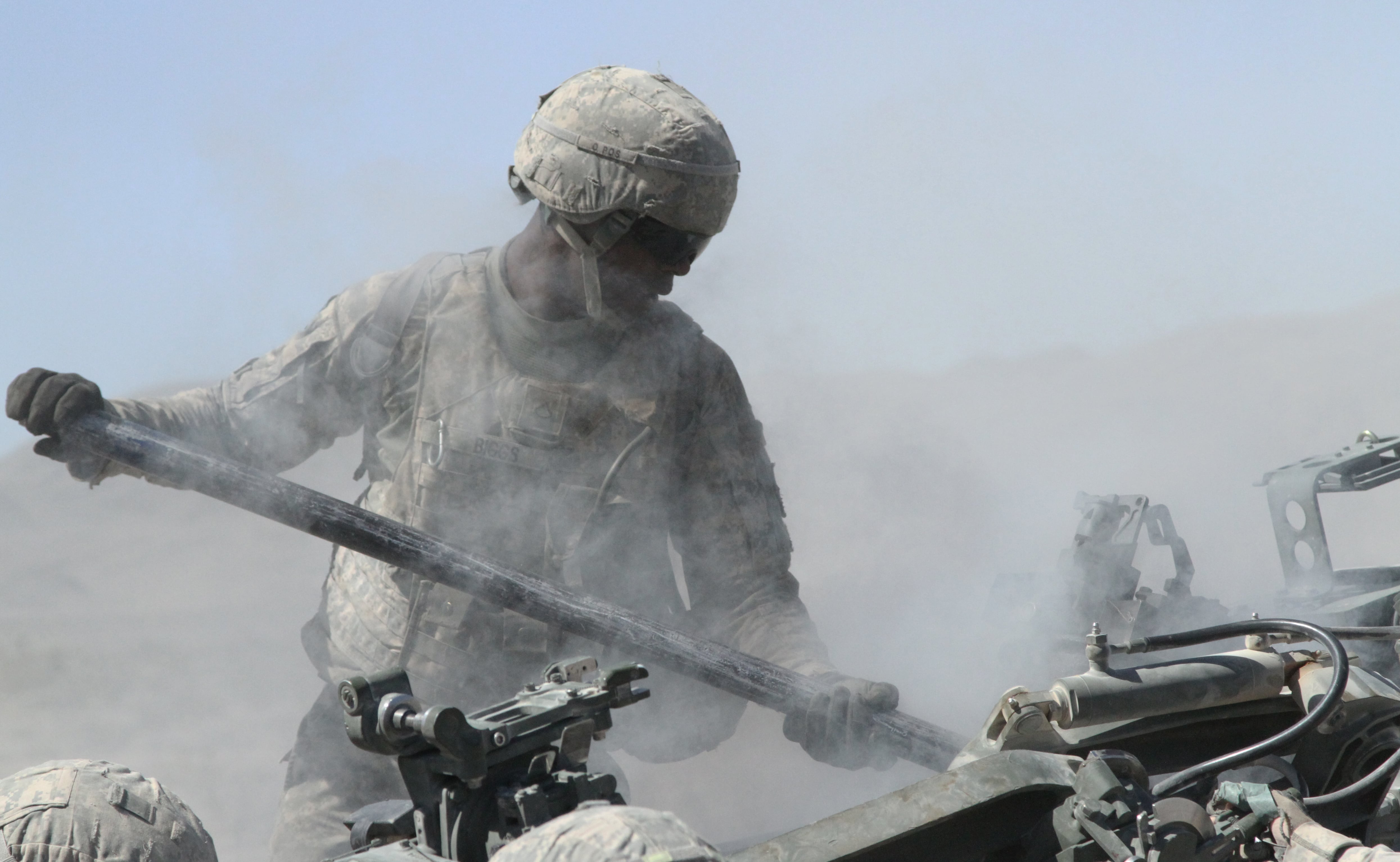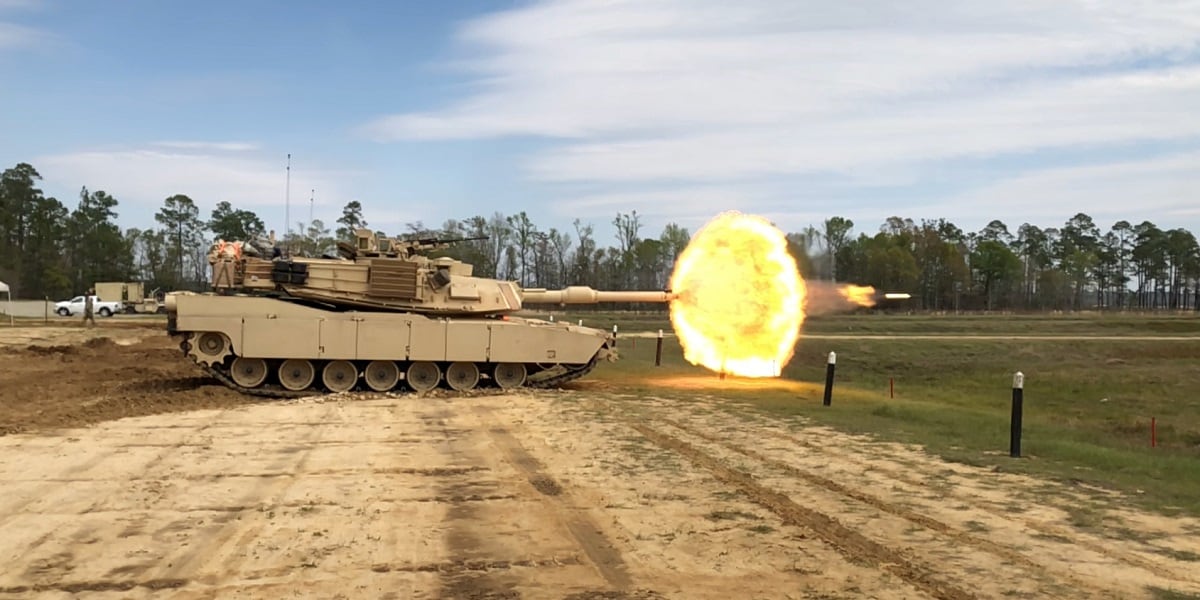A long-serving artillery piece that’s been integral to additional firepower for infantry brigades is getting a closer look at how to make it more mobile for more effective fires, especially in Europe.
Work is underway to have a vehicle-mounted 105mm M119 Howitzer in the Army’s infantry brigade combat teams.
Recent artillery demonstrations during the Maneuver and Fires Integration Experiment at Fort Sill, Oklahoma caught the attention of the House Armed Services Committee’s subcommittee on Tactical Air and Land Forces. Members want the Army to keep them updated on testing the light artillery within infantry units.
RELATED

“Further, the committee also believes a light, self-propelled 105mm artillery system could substantially improve the deterrence posture of the U.S. Army and allied armies in Europe that may face sophisticated, quick-fire counterbattery systems,” according to language in the subcommittee’s draft version of the National Defense Authorization Act, released this week.
Adding the artillery could “address the indirect fire capability gaps in the IBCTs,” subcommittee members wrote.
The M119 Howitzer has served as a towed artillery piece but putting it on a vehicle would give troops a way to maneuver more quickly around the battlefield, avoiding artillery counter-fires.
Experts have warned that Russian missile, artillery and countermeasures for those systems currently exceed the capabilities of U.S. systems, creating wide anti-access, area-denial or A2AD scenarios in which U.S. and allied forces would be prevented from entering certain battle spaces should conflict erupt in parts of Europe such as the Baltic region.
The artillery add-on dovetails with other efforts to increase the firepower and protection on Army tanks and other ground fighting vehicles such as the Abrams, Bradley and Stryker.
To that end the Army has also reverted previous infantry units to their armor origins, such as with the 2nd Armored Brigade Combat Team of the 3rd Infantry Division at Fort Stewart, Georgia. The ABCT served as an armored brigade in the 2003 Iraq invasion but transitioned to an infantry brigade following drawdowns. It has since reconstituted itself as an armor brigade.
RELATED

Moves such as these in recent years have all been aimed at a potential mechanized ground fight in Europe.
And upgrades to heavier artillery platforms such as the155mm M109A7 Self-Propelled Paladin Howitzer are also ongoing.
Soldiers with the “Bone crusher” Battery of the 1st Infantry Division at Fort Riley, Kansas fired nearly 1,000 rounds a day for two weeks straight as they tested upgrades that helped automate certain functions, allowing soldiers to fire more rounds faster and for longer periods than ever before.
The subcommittee’s recommendations must still survive a full committee vote and match whatever is put forward by the Senate before a final bill is passed later this year.
Todd South has written about crime, courts, government and the military for multiple publications since 2004 and was named a 2014 Pulitzer finalist for a co-written project on witness intimidation. Todd is a Marine veteran of the Iraq War.





